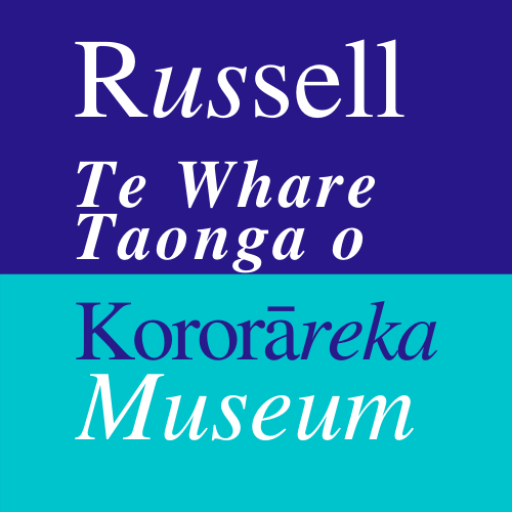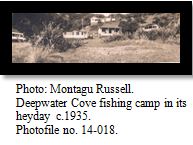This is how Selwyn Deeming remembers it, when as a young slip of a boy he accompanied his father John through rough waters on a 15 mile boat trip, from Russell to Deep Water Cove. The unreliable engine, which ran the electric light for the fishing camp, had failed again and owner Puke Cross needed it fixed, quickly.
Built by Puke Cross and his brother, Deep Water Cove fishing camp consisted of a lodge and two cabins which could accommodate up to twelve anglers at one time. Deep sea anglers fishing adjacent to and around the Cape Brett area in the early to mid 1900s stayed there. Although it is said author and angler, Zane Grey used the camp, he never did. Being an independent fellow, Grey decided to set up his own fishing camp at Urupukapuka.
Some anglers had a soft spot for the camp and returned each season. Mrs Cross cooked on a wood fired range and always had a kettle of strong hot tea and baking at the ready. Each night anglers gathered and shared fishing stories in an atmosphere of friendly rivalry, in the dining hall which had been built around a large puriri tree Puke Cross was loath to cut down. “Deep Water Cove was a rough place, I loved it” said Francis Arlidge.










